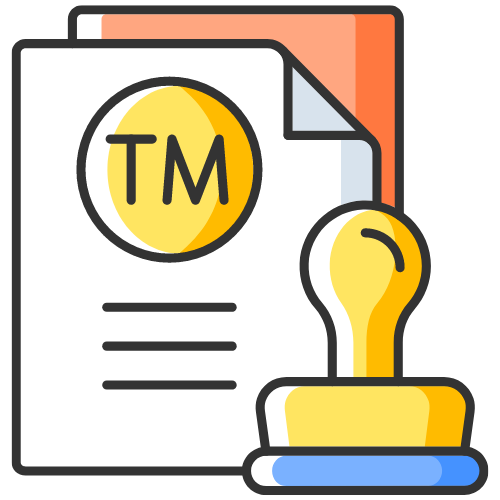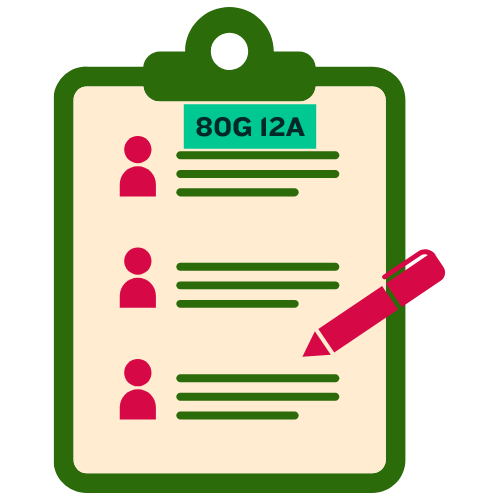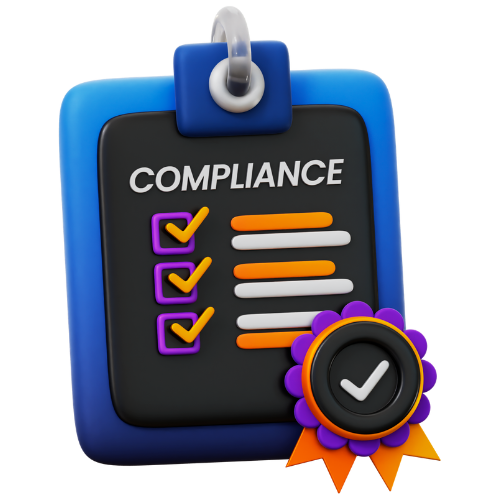Navigating the Digital Signature Ecosystem: A Comprehensive Overview
This article provides a thorough overview of the digital signature ecosystem, covering its various components, importance, and applications. Learn how digital signatures work and navigate this essential technology seamlessly.
Navigating the Digital Signature Ecosystem: A Comprehensive Overview
The digital signature ecosystem is an essential component of modern business operations, enabling secure and legally binding electronic transactions. Understanding how digital signatures work and their importance in today's digital world is crucial for individuals and organizations alike. This comprehensive overview will delve into the various aspects of the digital signature ecosystem, including its components, applications, and benefits.
What are Digital Signatures?
Digital signatures are electronic signatures that are used to authenticate the identity of the signatory and ensure the integrity of the signed document. Unlike traditional handwritten signatures, digital signatures are based on cryptographic technology, making them secure and tamper-evident. Digital signatures play a vital role in ensuring the authenticity of electronic transactions and documents, protecting them from fraud and unauthorized alterations.
How Do Digital Signatures Work?
At the core of digital signature technology is public key cryptography. When a user digitally signs a document, a unique cryptographic hash of the document is created using their private key. This hash is then encrypted using their public key, creating a digital signature that is attached to the document. When the recipient receives the document, they can verify the signature using the sender's public key, ensuring that the document has not been altered and was indeed signed by the sender.
The Components of the Digital Signature Ecosystem
The digital signature ecosystem consists of several key components, including:
- Signing Software: This is the software that enables users to create digital signatures and sign electronic documents securely.
- Public Key Infrastructure (PKI): PKI is a framework that manages digital certificates, which are used to verify the authenticity of digital signatures.
- Certificate Authorities (CAs): CAs are trusted entities that issue digital certificates to individuals and organizations, ensuring the validity of their digital signatures.
- Secure Storage: Secure storage solutions are used to store private keys securely, preventing unauthorized access.
The Importance of Digital Signatures
Digital signatures play a crucial role in modern business operations for the following reasons:
- Legal Validity: Digital signatures are legally binding in many countries and help ensure the enforceability of electronic contracts.
- Security: Digital signatures provide a high level of security and authentication, protecting electronic documents from tampering and fraud.
- Efficiency: Digital signatures streamline document signing processes, reducing the need for paper-based signatures and enabling faster transactions.
Applications of Digital Signatures
Digital signatures are used in a wide range of applications across various industries, including:
- Financial Services: Digital signatures are used for signing loan agreements, insurance policies, and other financial documents.
- Healthcare: In the healthcare industry, digital signatures are used to sign electronic health records and prescription orders securely.
- Legal Services: Legal professionals use digital signatures to sign contracts, affidavits, and other legal documents.
The Digital Signing Process
The digital signing process typically involves the following steps:
- Upload the document to be signed.
- Select the signatory and specify the signing order.
- Create a digital signature using the signatory's private key.
- Attach the digital signature to the document.
- Send the signed document to the recipient.
Advanced Authentication and Secure Document Validation
To enhance the security of digital signatures, advanced authentication methods such as biometrics and multi-factor authentication can be used to verify the identity of the signatory. Additionally, secure document validation techniques such as timestamping and document hashing can be employed to ensure the integrity of signed documents and prevent tampering.
Cybersecurity and Data Protection Considerations
Ensuring the security and protection of digital signatures and signed documents is essential to prevent unauthorized access and fraud. Organizations should implement robust cybersecurity measures, such as encryption, access controls, and regular security audits, to safeguard their digital signature ecosystem from cyber threats.
The digital signature ecosystem is a critical component of electronic transactions, providing security, authenticity, and efficiency in document signing processes. Understanding the key aspects of digital signatures, including how they work, their components, applications, and importance, is vital for individuals and organizations looking to leverage this technology for secure and legally binding electronic transactions.
By navigating the digital signature ecosystem effectively and implementing best practices in cybersecurity and data protection, organizations can ensure the integrity and authenticity of their electronic transactions, fostering trust and compliance in the digital age.
Latest Updates
ca4filings.com Services




























-registration.png)



